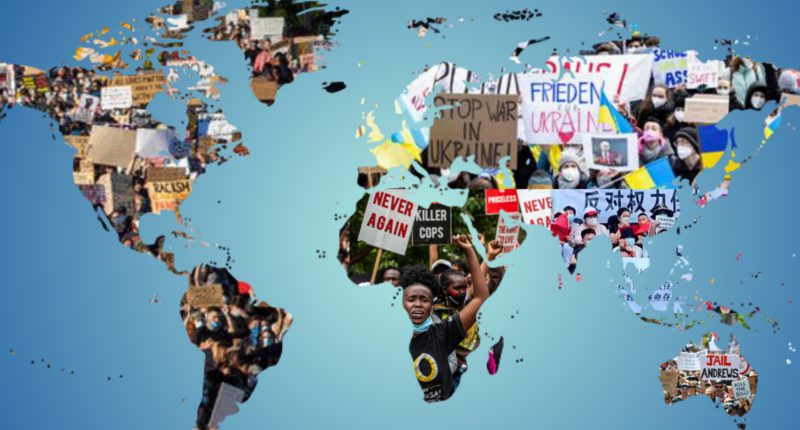This year has witnessed the highest amount of protest all over the world in recent years. Most of them are due to one underlying cause- People are protesting in the streets against crushing prices as a result of high living expenses.
This cost of living is largely affected by the cost of fuel and is a ripple effect of the instability in the energy sector of the world. The cost of fuel has an impact on many parts of daily life, including energy for heating and lighting, commodities transportation, and individual travel.
Demonstrators from all around the world have demanded reform. They have requested that gasoline be made more accessible or at all. They have both attacked governments and participated in nonviolent protests. Some have endured far greater costs.
A quick summary
In Sierra Leone, August saw the beginning of a protest that killed 25 people. Triggered by an almost 100% increase in the price of fuel which led to an increase in the other prices. The citizens rallied but it was repealed by government violence. The President alleged it was sponsored by detractors to overthrow his government.
More than 600 protests about gasoline have been place in Indonesia so far this year compared to just 19 in 2021. In comparison to just two in the previous year, there were nearly 200 in Italy through the first eight months of 2022.
Additionally, in Ecuador, there were over a thousand rallies against petroleum in only the month of June. The most striking was the protest in Sri Lanka which started against high cost of living and inflation levels and ended with the President abandoning the office and fleeing the country.
Apparent causes
Crude oil prices were less before and as soon as the pandemic started. Businesses closed and demands for energy drastically reduced but the next year saw the lifting of lockdowns, demands on oil products increased which suppliers struggled to fulfill and of course, higher prices.
The US dollar is rising against other major currencies; the pound, the euro, China’s yuan. The oil used to make petrol is paid for in US dollars. So, a weak local currency against the dollar makes fuel even more expensive.
Also, the Ukraine-Russian conflict has led to many countries declaring a ban on Russian oil imports. That means the demand for other oil from other producers has gone up, leading to higher prices.
Going forward.
More than 90 countries are either currently protesting or battling a crippling price increase. Coupled with inflationary costs, things look a little bleak for every continent except Antarctica.

